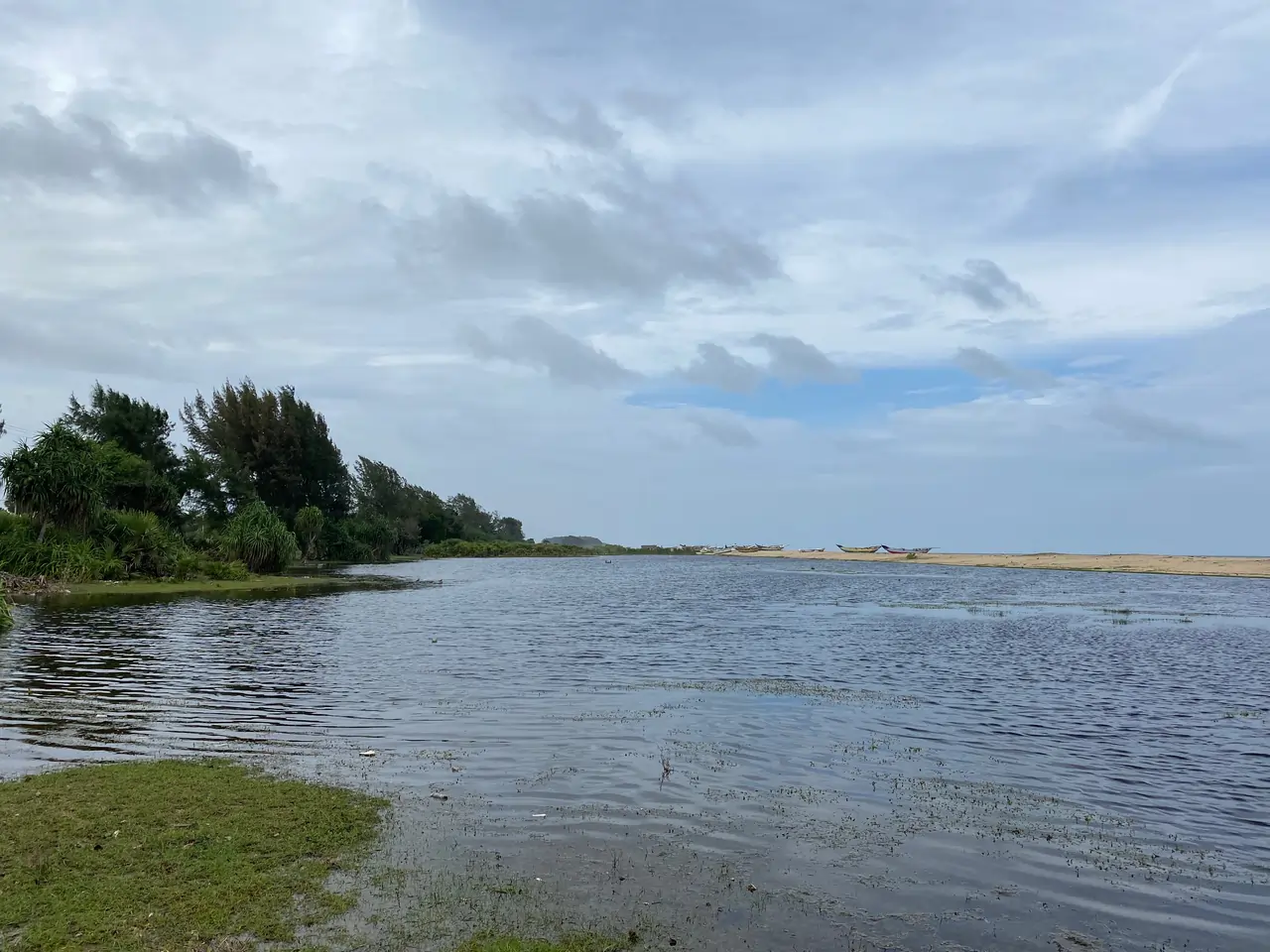On The Road to Kalmunai: Revisiting the Indian Ocean Tsunami of 2004
Kamy and I were off early to visit Kalmunai, a town on the southeastern coast of Sri Lanka. In 2004, the devastating Indian Ocean tsunami took the lives of over 30,000 people in Sri Lanka, including more than 3000 people in Kalmunai. In this seaside town, from the beach up to 200 meters inland the land was bare with only well rings to show where houses had been. From ~ 200-350m there was rubble and heavy damage to a few remaining structures. At varying distances further inland, homes were flooded – up to 2m in height based on marks left by the water on walls. When the scale of the disaster became apparent, the Sri Lanka Government received aid from inside and outside the country and directed emergency response organizations to communities. NSRC was selected to guide the recovery effort in several beachfront villages in Kalmunai. Many survivors had gone to camps for displaced persons where food and basic shelter were provided. In contrast, the survivors NSRC worked with were people who had stayed in their damaged houses. Some had returned home to find only bits of brick foundations remaining.
NSRC worked in Kalmunai for 6 years, from 2005 to 2011 engaged with thousands of people in the multi-year recovery process of re-building their houses, schools, and toilets, restarting livelihoods, planting trees to bioremediate well water contaminated with fecal matter, initiating regenerative agriculture in home gardens, and establishing a 3km coastal forest from Kalmunai to Periyakallar on the Batticaloa boundary.
Families receive water tanks and new toilets.
Deep-rooted shrubs and trees were planted to remediate water in dug wells in Kalmunai.
Dr. Richard Thornton-Smith demonstrates how compost can be made using water hyacinth as a green manure. Dharmasekera, our project manager at the time, is the translator.
Vegetables cultivated in a rehabilitated home garden in Kalmunai.
Women in a Muslim community learn how to manufacture biopesticides.
Some of the 75 cadjan fenced enclosures were built to house the plants.
Preparing soil with water hyacinth and paddy straw for plant establishment.
Local government representatives and community members come together with NSRC staff to plant the first trees.
Coastal forest in Periyaneelavenai in 2009.
Coastal forest in Pandirippu in 2011.
Now, on the cusp of the 20-year anniversary of the tsunami, we were visiting Kalmunai, with Yogeswari and Kumari, field officers in our past programmes. Kamy was especially keen to visit the 3km coastal forest that NSRC had established to protect against future tsunamis and sea level rise. When we arrived on the beach the sight was amazing!
Despite a few breaks in the forest, there remained walls of trees and bushes exceeding ten meters in height in many areas, while scattered vegetation remained in others. Several native plant species including Nika (Vitex negundo), maila (Bauhinia Racemosa), Karanda (Milletia Pinnata), Surya (Thespepsea Populnea), wara (Calotropis Gigantea), and Mudukeiiya (Pandanus Odoratissimus) were thriving and holding the sand intact to protect against seawater intrusion.
Coastal forest in Periyaneelavenai, 2024.
Forest remnants in Pandiruppu, 2024.
Nika (Vitex negundo) roots act as a barrier to sea level rise.
Some breaks in the coastal forest had been created by two military bases, one army and one navy. We set out to investigate the situation. Kamy first went to the army base and talked to the private at the gate. Soon another soldier with stripes on the arm came, and soon after, an officer appeared. Finally, the base commander was talking to her about repairing the tree wall. He was out of uniform. He suggested she go to the navy base, and the same process was repeated. The local military representatives were intrigued and indicated how Kamy might pursue the issue further. A meeting is now set for early 2025 at the navy base where all stakeholders, including representatives of the army, navy, Coast Conservation Department, Local Government, and funders present to discuss how this valuable coastal forest belt can be protected. We’ll let you know how it goes!
